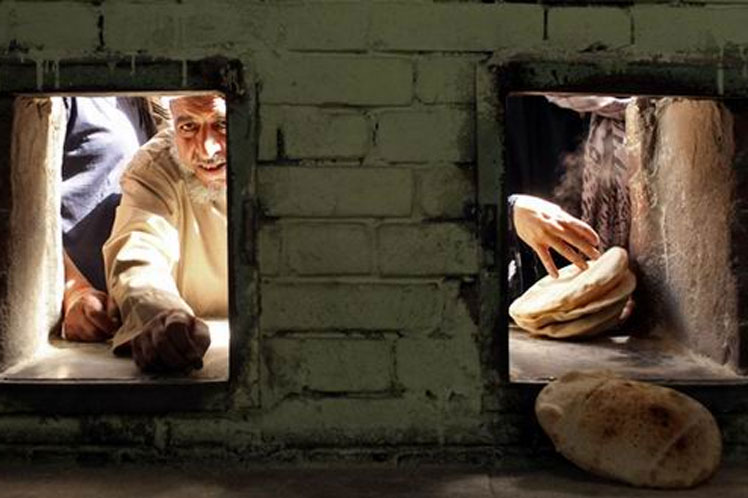Such a decline could occur due to a shortage of basic products to meet the needs of a population under Israel’s military siege and the impact caused by the exorbitant rise in food prices.
‘For people who lost or fled their homes, one of the most pressing needs at the moment is food,’ WFP Palestine Officer Samer Abdeljaber said in a statement, adding that many citizens fled with just the clothes they had on and are waiting with family and friends for the end of the violence unleashed by Tel Aviv.
The UN agency initially resorted to cash aid, considered the fastest and most effective way to provide support, and began handing out cards that beneficiaries can use in the stores that are still open and where food is available for now, Abdeljaber added.
The WFP is collaborating in the technical assessments of the humanitarian situation, and its director for the Middle East, Corinne Fleischer, recalled that people in Gaza are already living on the edge, and many families can barely put food on the table. Their situation was further deteriorated by the restrictions due to the Covid-19 pandemic.
This Palestinian territory has been living under an Israeli blockade since 2007, with limited movement of products and goods through certain passages, and the attacks are threatening to worsen the situation in this territory inhabited by some two million people.
More than two thirds of the population of the Gaza Strip is food insecure, and more than half live below the poverty line; many of its citizens are jobless – according to the United Nations, 45 percent of the population – which together with the armed attack are the main causes of the current dire economic and humanitarian situation there.
jg/aph/agp/mt









